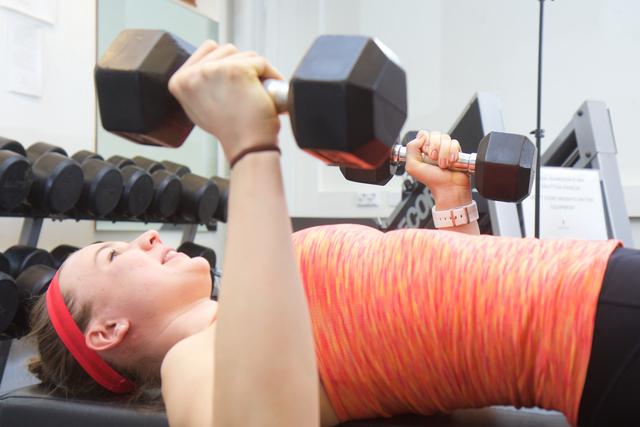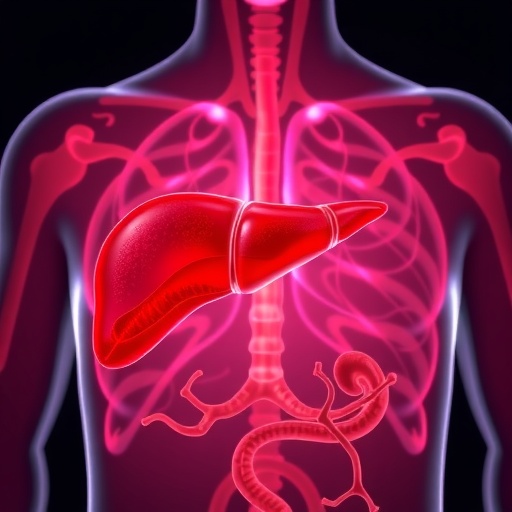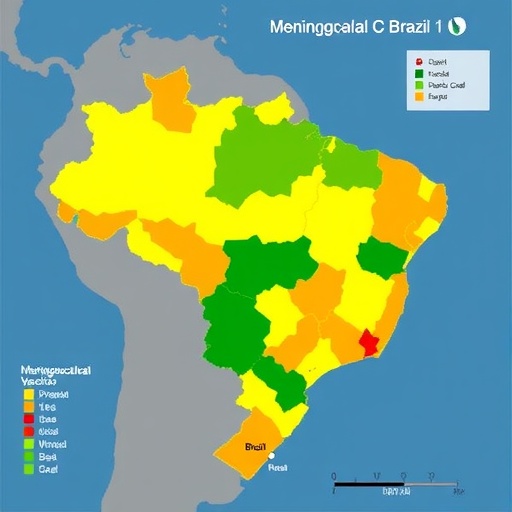Higher lean mass and bone density and better physical performance at midlife were associated with competitive sport participation at the age of 13 to 16 years

Credit: University of Jyväskylä
Females who participate in competitive sport during adolescence have better fitness at midlife than do females with no competitive sport background in adolescence, reveals a study conducted at the University of Jyväskylä. Higher lean mass and bone density and better physical performance at midlife were associated with competitive sport participation at the age of 13 to 16 years. The study also found that bone density was lower if the woman has had her first period at age 14 years or older.
The findings emphasize the link between adolescence competitive sport participation, and body composition, bone health and physical performance later in life.
“The relationship between adolescent participation in competitive sport and midlife health benefits were seen even if we took midlife physical activity into account,” says Suvi Ravi, a PhD student and the corresponding author at the Faculty of Sport and Health Sciences.
“We also investigated if individuals engaged in competitive sport in adolescence had more musculoskeletal problems than those with no competitive sport background in adolescence, but did not found any association between those factors,” Ravi explains.
Another main finding of the study was that women whose period had occurred at age 14 years or older had lower bone density than women whose period had started at age 12 or younger. In women under menopausal age, this association was found even if physical activity in adolescence and at midlife was taken into account.
“It seems that a later age for a female’s first period is associated with lower bone density regardless of competitive sport participation in adolescence,” Ravi says. “It is known that some female athletes have their first period well above the average menarcheal age, so it is important to pay attention to girls whose menarche is delayed. Nowadays it is thought that menarche is belated if periods have not occurred by the age of 15 years.”
This study was part of the Estrogenic Regulation of Muscle Apoptosis (ERMA) study conducted at the University of Jyväskylä and Gerontology Research Center and led by Academy Research Fellow Eija Laakkonen. Nearly 1,100 (n = 1098) women between the ages of 47 and 55 participated in this part of the ERMA project where the associations between adolescence physical activity, age at menarche and midlife characteristics were investigated.
###
Media Contact
Suvi Ravi
[email protected]
Original Source
https:/
Related Journal Article
http://dx.




